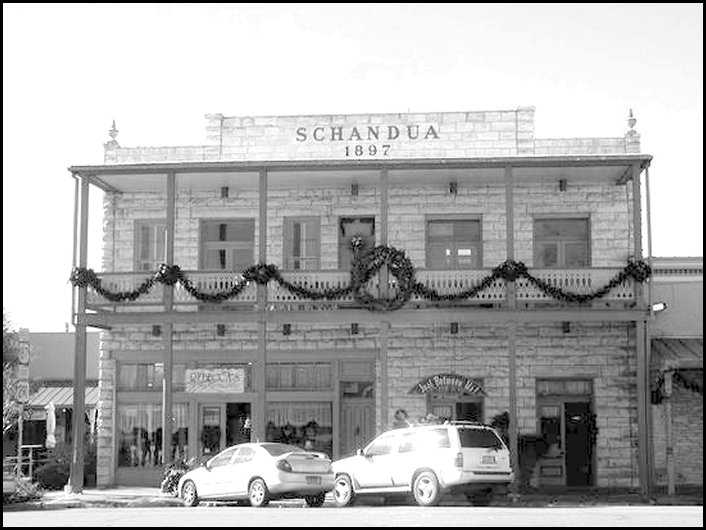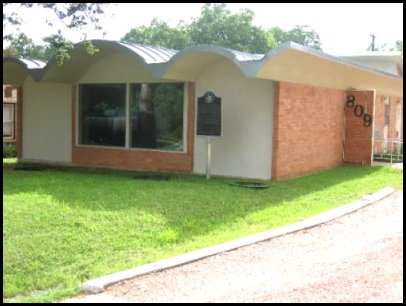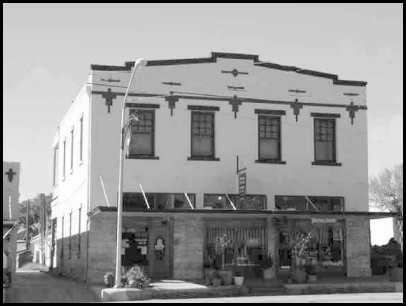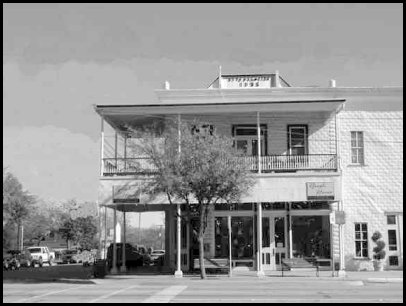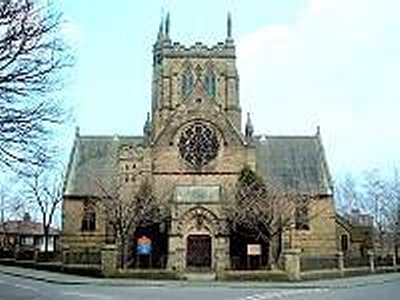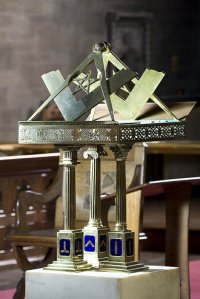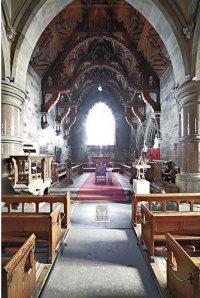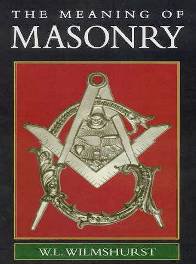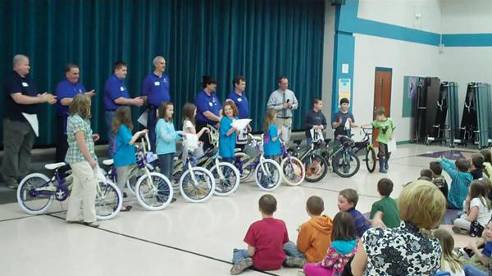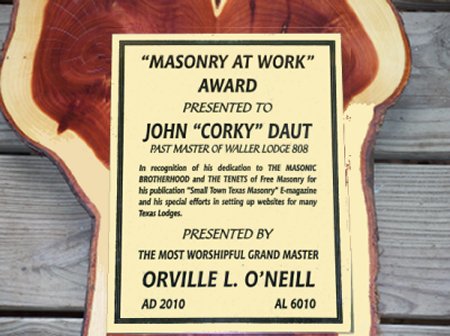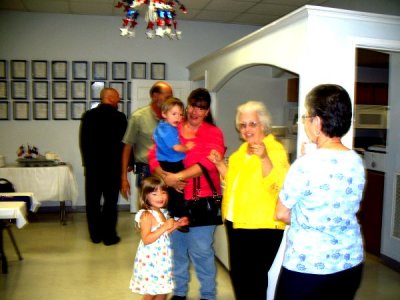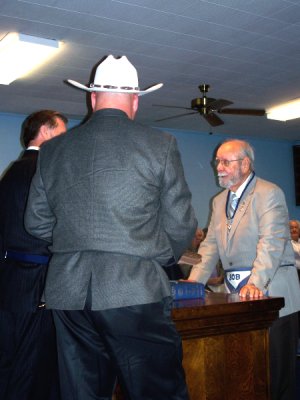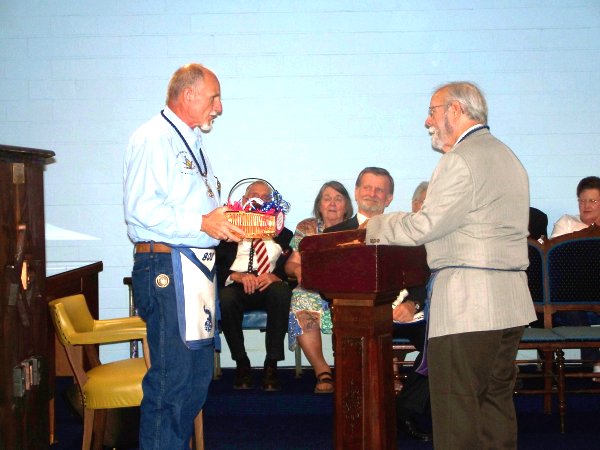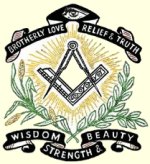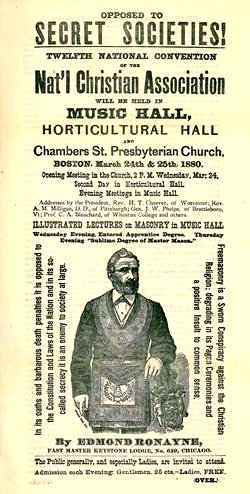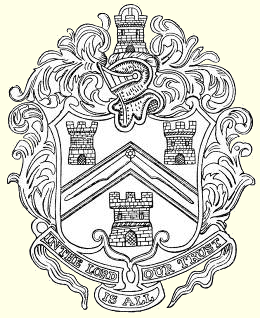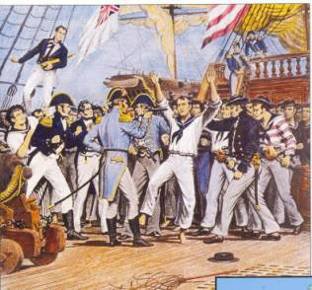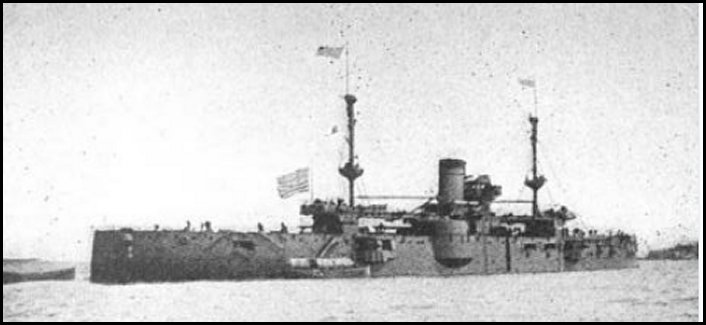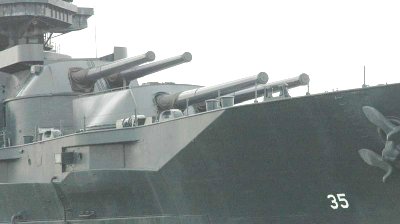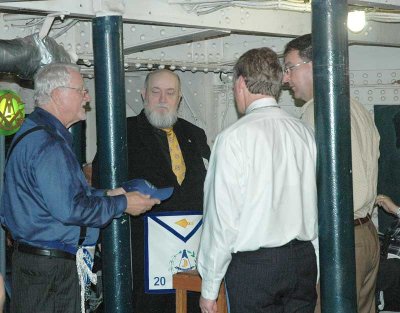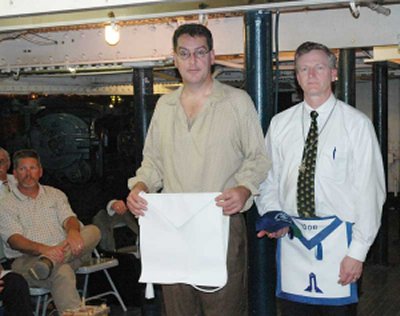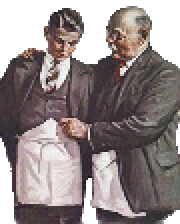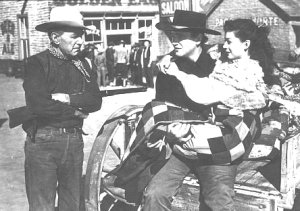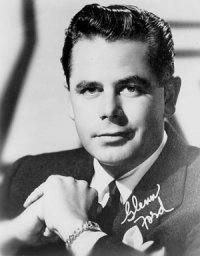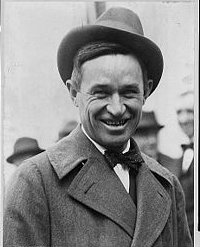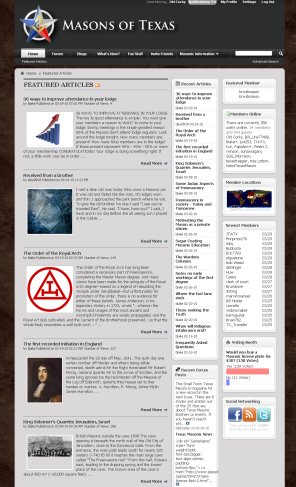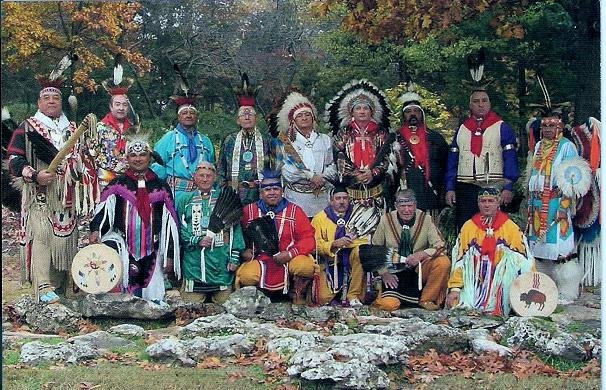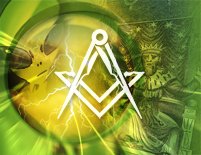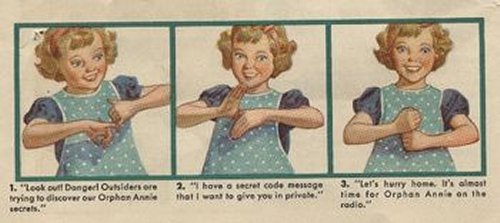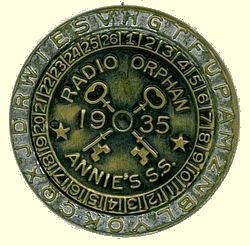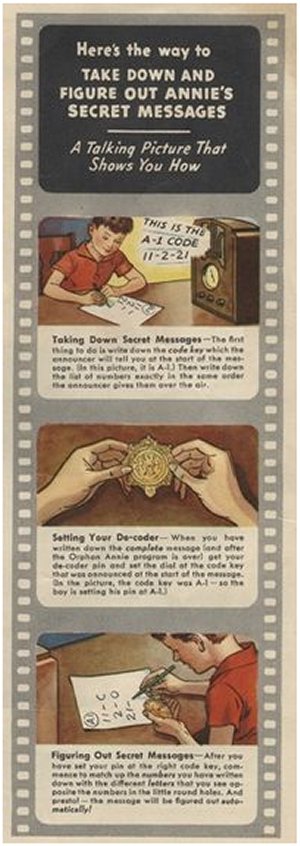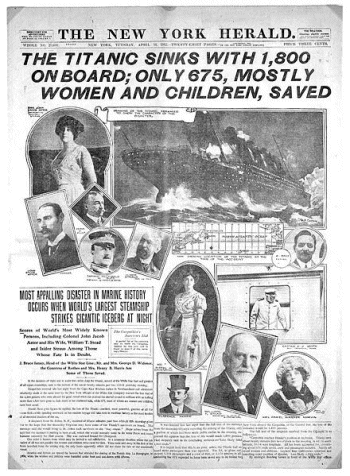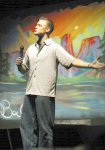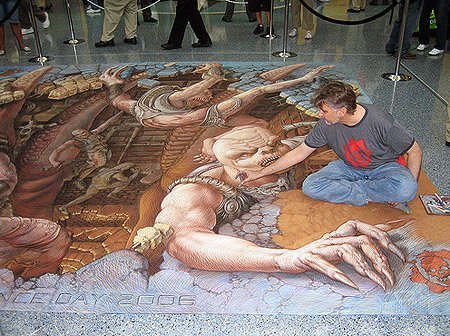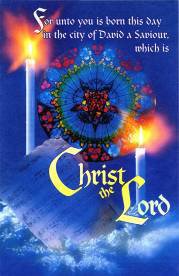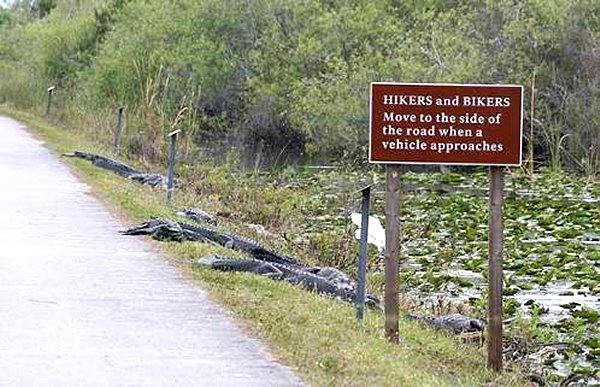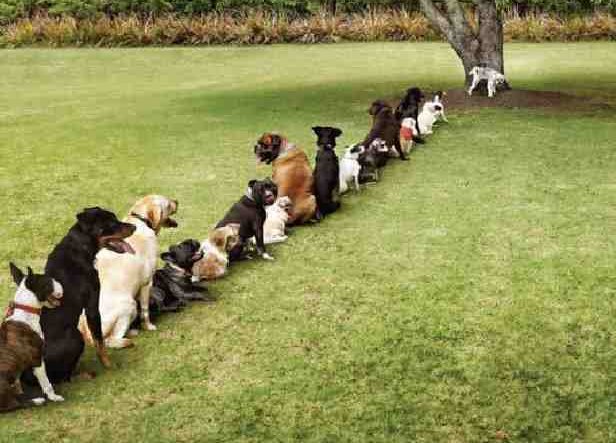GONZALES, Feby. 4, 1874.
Col. Frank W. Johnson, Austin, Texas.
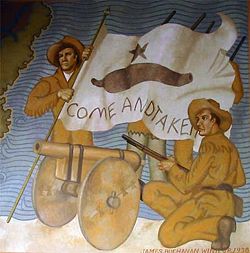 |
My dear old companion in arms. Your letter of the 1st ult. was duly received but the severe illness of Mrs. Mason for the past two months is my excuse for not having replied to it sooner. The data I send you is strictly to be relied on, regarding the first movement of the people of Texas, that took place at Gonzales early in the fall of 1835, (consequent upon the concentration of an army of Mexicans under the command of Gen. Martin Perfecto de Cos, who at the time had his headquarters somewhere in the northern interior) as I referred to a journal or memorandum penned not long after, when everything except particular dates was fresh in my memory. Truth required the introduction of my name in several plans, which is the excuse for apparent egotism. I reflect with pride and pleasure at having been under your command during the ever memorable five days from the 5th to the 10th of December, 1835. There is no telling what would have been the consequence of a failure: with the last round of ammunition taken from the locker; the country open to the Sabine with sparse settlements; the enerny's success for a time at least, would seem to have been apparent. The black flag at the sand bag battery on the east side of the river the day before, and the white flag on the wall of the Alamo on the morning of the 10th were quite strange in contrast. The result was glorious. Can any one reflect without even now deciding what might have been the consequence had the advice of Tom Bell, of 'Caney' been taken, i. e., 'not to regard the capitulation,' so honorable to our arms, and so necessary in many respects to facilitate the cause for the constitution of 1824? With the hope that the enclosed may be of some service to you in your contemplated history of Texas, and whilst recurring to the past, I may be able to transmit to you further reminiscences of the glorious struggle that resulted in the birth of a nation, I am Dear Colonel, your friend and well wisher, &e, &c. CHARLES MASON. My high regards to Col. J.W.E. Wallace, of whom I often think.---M.
"In the latter part of September, 1835, a file of Mexican cavalry under command of a non-commissioned officer, arrived and encamped near the residence of Mrs. Sarah DeWitt [on the Sara Seeley tract across from inner Gonzales town], widow of Empresario Green DeWitt, with orders from the Political Chief of the Department of Bexar, and Colonel Ugartechea, the commanding officer at San Antonio, demanding of the Alcalde, Andrew Ponton, Esq. the highest civil officer of the municipality of Gonzales, a brass six-pounder field piece of artillery, which had been turned over to Colonel Green DeWitt for the protection of his colony. The people, at once assembled and promised the alealde their warm support should he decline to give up the gun. Whereupon he addressed a note to the political chief, at San Antonio, that he could not comply with the demand, unless ordered to do so by the political chief of the department of the Brazos, which note was dispatched to San Antonio by the sergeant, simultaneous with runners---Matthew Caldwell to Bastrop and to Col. J. H. Moore's neighborhood, lower down on the Colorado, calling on the people of those places to spread the alarm; and to send immediately as many armed men as practicable to the assistance of Gonzales & company was at once organized by electing Albert C. Martin, captain (graduate of Captain Partridge's Military school in Connecticut) and W. W. Arrington, Charles Mason, and Jesse McCoy, Lieutenants, with about one hundred non-commissioned officers and privates, from sixty down to fifteen years of age.
About the third day circumstances induced the belief that reinforcements would be sent to the Mexicans, so it was determined to endeavor to capture the squad of cavalry before assistance could reach them, and to prevent their sending information to San Antonio. Consequently, Lieutenants Arrington, Mason and McCoy, with John Martin (known better as "Bitnose" Martin) crossed the river and proceeded to their camp, near Mrs. DeWitt's residence, and found them with their arms stacked around a tree. On a demand to surrender, they endeavoured to seize their arms, but Martin leveled his Kentucky rifle, and would, had he not been prevented, have killed the foremost. After taking possession of the arms, they were assured that no harm was intended; yet, it was with some apparent distrust they surrendered. One being sent after their horses, on reaching them mounted, as supposed the fleetest, and took the road to San Antonio at half speed, the others were taken to town and treated as prisoners of war. Knowing the soldier who had been sent for the horses would cause reinforcements to be sent.
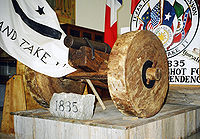 |
Lieutenant Jesse McCoy, Graves Fulcher, and Littleton Tomlinson, were sent as spies towards San Antonio to keep a look out and give timely information and prevent surprise. There was no disappointment. In about four days, the spies returned and reported that one hundred and eighty or two hundred cavalry (commanded by Lieutenant-Colonel Arcineago) were on their march to Gonzales. At this time there were but eighteen men in Gonzales. A temporary breastwork was erected just below the ferry, and the boat secreted in a bayou above. In a short time their van appeared, hailed, and desired to be set across the river. They were informed that they could not cross. If they had dispatches, one of the men could swim over unmounted, which was done. The dispatch, on being read by one of the company, was found to contain an order on the alcalde for the cannon, and, instructions to the officer who bore it, if the cannon was not delivered voluntarily to take it by force. The answer to this was 'come and take it.' The contents of this reply being communicated to the officer, Lieutenant Castaneda, he denied having orders to fight. He was then informed that the alealde was out of town, and would not be in before morning, to cause further delay. The same or following day, Col. J. H. Moore, of Fayette, Edward Burleson, and Capt. R. M. Coleman, and J. W. E. Wallace, of Columbus, arrived from the Colorado with sixty or eighty men, which increased the force to about one hundred and eighty men and boys. During the delay in getting assistance from the Colorado and Brazos, our spies, Graves and Fulcher and an Indian (Shawnee or Cherokee) kept Capt. Martin informed of every movement of the Mexicans. The Indian swimming the river at night and recrossing (and as he disappeared on the arrival of assistance, no doubt but he was employed by the Mexicans.) At this time, the Mexicans at night took position on the mound, and during the day near the timber on the river.
The number of men now required a reorganization. An election being held, J. H. Moore was chosen Colonel, J.W.E. Wallace, Lieutenant-Colonel, and Edward Burleson, Major. After several feints as though they intended to cross the river, ascertaining our number; for the purpose of greater safety, or to await reinforcements, the Mexican commander removed his encampment seven miles up the river Guadalupe, to the Williams place. Colonels Moore, Wallace, and the officers, were very active in making preparations to attack them at that point. The field piece in dispute was hastily mounted on a pair of cart wheels procured for the occasion by Valentine Bennett, afterwards quartermaster. Slugs were forged for the gun, and lances for a company by, who labored incessantly, without the expectation of pay. Every preparation that could be made being ready at eight o'clock P. M., orders were given to cross the river, and rendezvous at the residence of Mrs. DeWitt, who with her family had removed to Gonzales at the request of the returning spies. At twelve or one o'clock the whole force were mustered to listen to a patriotic address, and a fervent appeal to the God of battles, in its behalf and for its success, by the Rev. Doctor Smith, as chaplain. The little army, full of hope and high in spirit, took up the line of march, through a dense fog, for the enemy's camp; calculating to surprise him, but was prevented by the continued barking of a dog that had followed, causing the van. guard to be fired upon by the enemy's picket-guard.
Orders were then given to take position in the edge of the timbered bottom and remain until daylight. After sunrise the fog was still so thick that a person could not be distinguished one hundred yards. About the time orders were given to move, the sound of a horse's feet were heard approaching at fast speed, and a voice calling out 'Don't shoot, don't shoot!!' which turned out to be a Doctor Smithers, who said he had been pressed into service to act as surgeon to the command at San Antonio, with orders to say that Lieutenant Castaneda had sent him to inform Colonel Moore that he had no orders to fight. A council was held, and it was decided that the Mexicans should surrender at discretion or fight; and Smithers dispatched to communicate the fact to his commander. The Mexican again returned Smithers to inform Colonel Moore that he desired an interview, which was agreed to. The fog having cleared away, the Mexican cavalry were seen posted in a triangle on the brow of a hill, about four hundred yards distant, with their bright arms glittering in the sun. Colonel Wallace, taking with him Lieutenant Mason, proceeded to the half way ground, where, after some moments, he discovered Lieutenant Castaneda, who was informed by Colonel Wallace that as he had refused to surrender, we would fire upon him as soon as both parties reached their respective commands; after which, a wave of the Colonel's hand caused a match to be applied, and the Mexican officer and his command received the first shot fired in the Texas revolution for the constitution of 1824. A second round found them about-faced, making a precipitate retreat towards San Antonio. It is but just to say that among those who were engaged actively in the foregoing drama were Governor E. M. Pease, Vice President Edw. Burleson, Colonel Amasa Turner, afterwards of the regular army, Colonel J. C. Neill, who were conspicuous on the field of San Jacinto on the 20th and 21st April, 1836, and in the councils of the Republic and state of Texas, and many who at this late day cannot be remembered.


